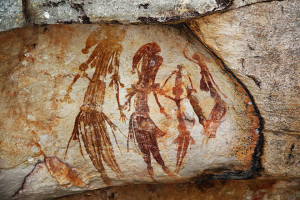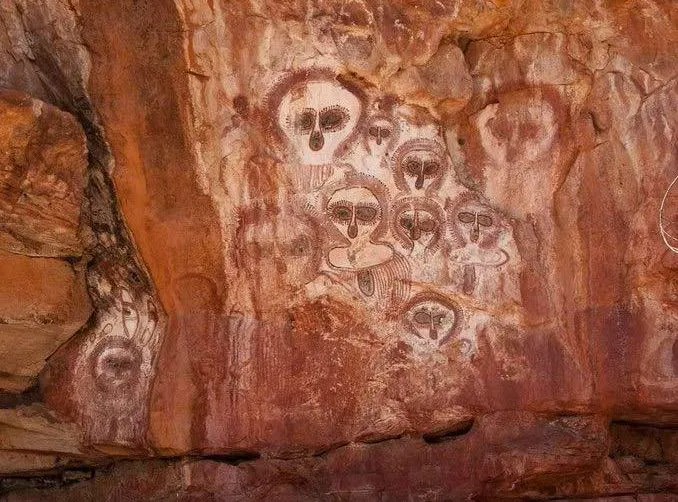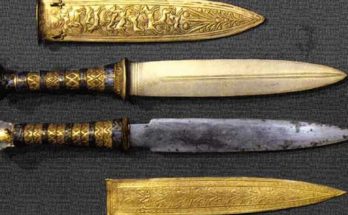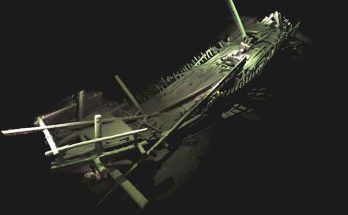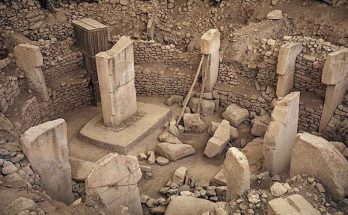Prehistoric cave and rock art, like we saw in Herzog’s documentary, appeared all over the world, not just in Chauvet cave.
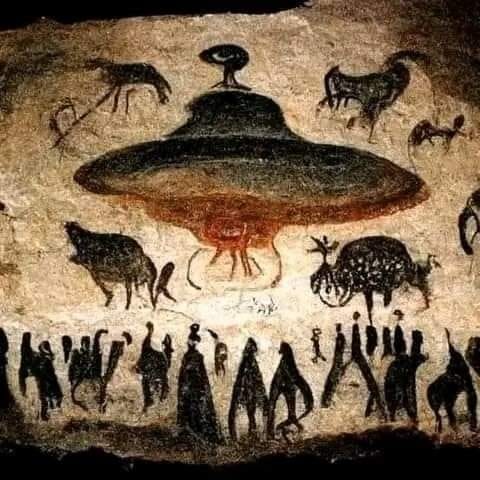
One of the main sources of rock art was the Aboriginal people in Australia. The Aboriginals are what the indigenous peoples of Australia are called. the oldest example of Aboriginal art was a charcoal drawing on a rock piece found in the Northern Territory at the Narwala Garbarnmang rock shelter. It was dated at 28,000 years old – older than Chavuet cave and becoming the oldest (confirmed date) example of prehistoric art. Even older examples have been found in the Pilbara region dated at almost 40,000 years old.
There are several different types of rock art that the Aboriginals created. The different type depended on the type of rock used. Some of art was carved while later on painting became more popular. Different styles of painting were also utilized – there was the finger painting style with the broad lines forming the animals and people that we think of when we draw up the image of prehistoric art in our heads but also the palm and hand prints of an older time. They also painted using dots of multiple colors that represented different things like the sun and soil and the sky.
The Aboriginals did not limit themselves to just rock art however. They expanded out into many different art forms. The indigenous people carved sculptures and figurines, made rock formations, and shaped shells. They made large bird’s eye views of the desert landscape that they used to help tell dream stories, which were made in rock, sand, or even body paint. The people painted bark which was seen as one of the highest and most respected forms of art. Aboriginal basket weaving was seen not only as useful but also as an art form. Finally, they made jewelry – especially with abalone shells.
